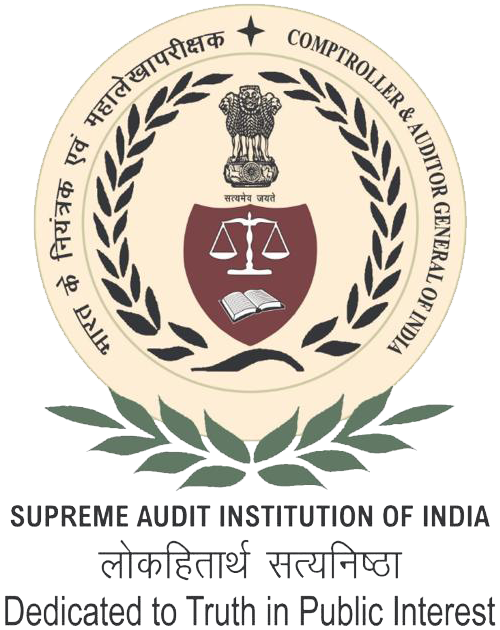Audit Reports

Haryana
Report of 2010 - Performance Audit on Civil of Government of Haryana
Overview
The Report includes three Chapters containing five reviews and 16 paragraphs dealing with the results of performance audit of selected programmes and schemes as well as audit of the financial transactions of the Government. The audit has been conducted in accordance with the Auditing Standards prescribed for the Indian Audit and Accounts Department. Audit samples have been drawn on statistical sampling methods as well as on judgement basis. The specific audit methodology adopted for programmes and schemes has been mentioned in the reviews. The audit conclusions have been drawn and recommendations made, taking into consideration the views of the Government.
A summary of the important findings is given below:
The Haryana State Agricultural Marketing Board was set up with the main objective of providing facilities for better regulation of purchase, sale, storage and processing of agricultural produce. A performance audit of the Board brought out non-utilisation of 22 per cent of the budget provision of Rs. 1,733 crore for capital expenditure. An amount of Rs. 6.38 crore was spent on items which did not fall within the purview of the Punjab Agricultural Produce Markets Act. There were wide gaps (25.52 to 31.62per cent) between agricultural production and arrival of produce in mandis, thereby increasing the risk of leakage of revenue. Surplus funds were kept in savings bank accounts which led to earning of less interest of Rs. 2.08 crore. Adequate infrastructural facilities such as covered platforms, service roads, boundary walls, dormitories with toilets, drinking water, etc. were not provided in principal yards, sub-yards and purchase centres of 16 Market Committees. Farmers marketing assistance schemes for post-harvest management, though approved by the Board, were not implemented. Agri-Business Information Centres were set up only in five districts against the target of setting them up in all the 21 districts in the State as of July 2010.

